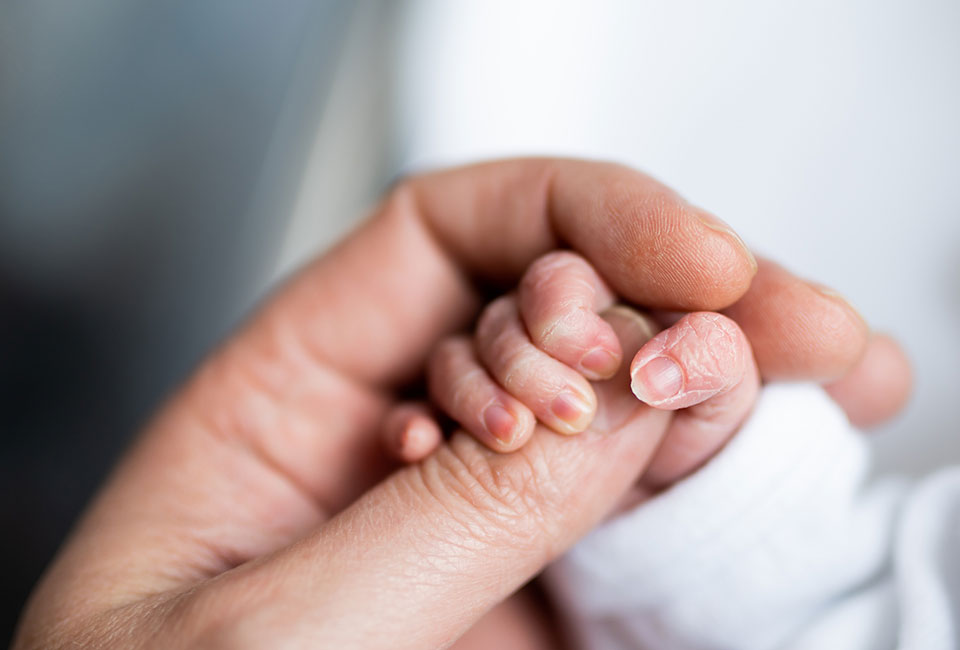Liberty News - Lack of births weakens pension provisions
The aging of the Swiss population is progressing, while the birth rate is declining, and migration is decreasing. As a result, fewer and fewer working people are available to finance a pensioner. The pension system is suffering.
The UBS Pension Index Switzerland was consistently in negative territory in 2022, although it has left the low point of the second quarter behind it. Demographic trends and the volatile situation on the financial markets proved to be the dominant negative factors. After the birth rate in 2021 was significantly higher than the trend suggested, a reversal was seen in 2022. At the same time, aging continues, as UBS economists James Mazeau and Jackie Bauer note.
Demography is the biggest challenge for pension provisions
Migration has been declining slightly for years, albeit with a constant trend. The aging of society and the low birth rate are even more significant. During the corona pandemic in 2021, births increased at an above-average rate, but in 2022, as expected, there was an equally sharp decline. Although the number of births is likely to return to the trend level in the medium term, this would also mean a slight decline in the number of births. The aging of society, on the other hand, continues to increase. This means that fewer and fewer working people will have to pay for a pensioner.
Economic sentiment is clouded
After a buoyant recovery in 2021, economic momentum cooled significantly in 2022. The financial markets in 2022 were characterized by a level of uncertainty and volatility not seen for a long time, due to factors such as persistently high inflation figures, late action by central banks, increasingly restrictive monetary policy, and the war in Ukraine. These factors impacted on economic sentiment, and as the previous year was extremely encouraging as a basis for comparison, 2022 showed a flattening of momentum.
The labor market was pleasingly strong and the unemployment rate at a record low. For the UBS economists, however, this is no wonder, since an aging society also leads to a shortage of skilled workers in structural terms, as they explain. The real estate market also held up well despite economic turbulence, with prices continuing to rise. Public debt, as an indicator of sustainability, decreased after the high in the wake of the pandemic, but remained at an elevated level. Above all, however, the leading indicators weakened, and the outlook was continuously assessed as less good. The competitiveness indicator, measured by the strength of the Swiss franc, was also slightly negative in the third quarter of 2022, although it was already slightly positive again in the fourth quarter. The currency strength was a consequence of high inflation in neighboring countries, which is why it was easier for the economy to cope with than would have been the case in other periods.
Financial markets drag down the second pillar
For the financial markets, 2022 was one of the worst years in a long time. The last time the financial subindex and especially occupational pensions were so negatively impacted by the markets was during the great financial crisis of 2008/09. Of the three pillars, the second pillar has been the most exposed to market turbulence, with more investment in riskier assets, as economists know. The first pillar was less exposed due to a higher exposure to bonds, especially in the second half of the year. In addition, its income-expenditure profile was more favorable. In the third pillar, the number of accounts and investment deposits increased, but they also suffered from poor financial market performance. In addition, the participation rate continued to decline.
Reforms offer a ray of hope for pension provision
For a change, the progress made with reforms in the second half of 2022 compared with the previous quarters is a ray of hope. After 20 years of standstill, reform was once again successful. The third quarter saw the vote on AHV 21, the reform of the first pillar. It was approved by the electorate and as a result the retirement age for women will rise to 65 between 2025 and 2028. In addition, the reference age will now be used instead of the retirement age, thus making early and late retirement more flexible and providing better incentive structures. In addition, this reform improves the financial situation of the AHV. In the last quarter of 2022, the second pillar then came to the fore again. The Council of States discussed the draft of the BVG 21 reform in the second instance and sent it back to the National Council with requests for amendments. Since the Council of States would like to attribute compensation payments to a larger number of people, this would strengthen the sustainability of occupational pension provision less than the National Council's bill. It therefore remains to be seen which bill will ultimately be adopted by parliament.

